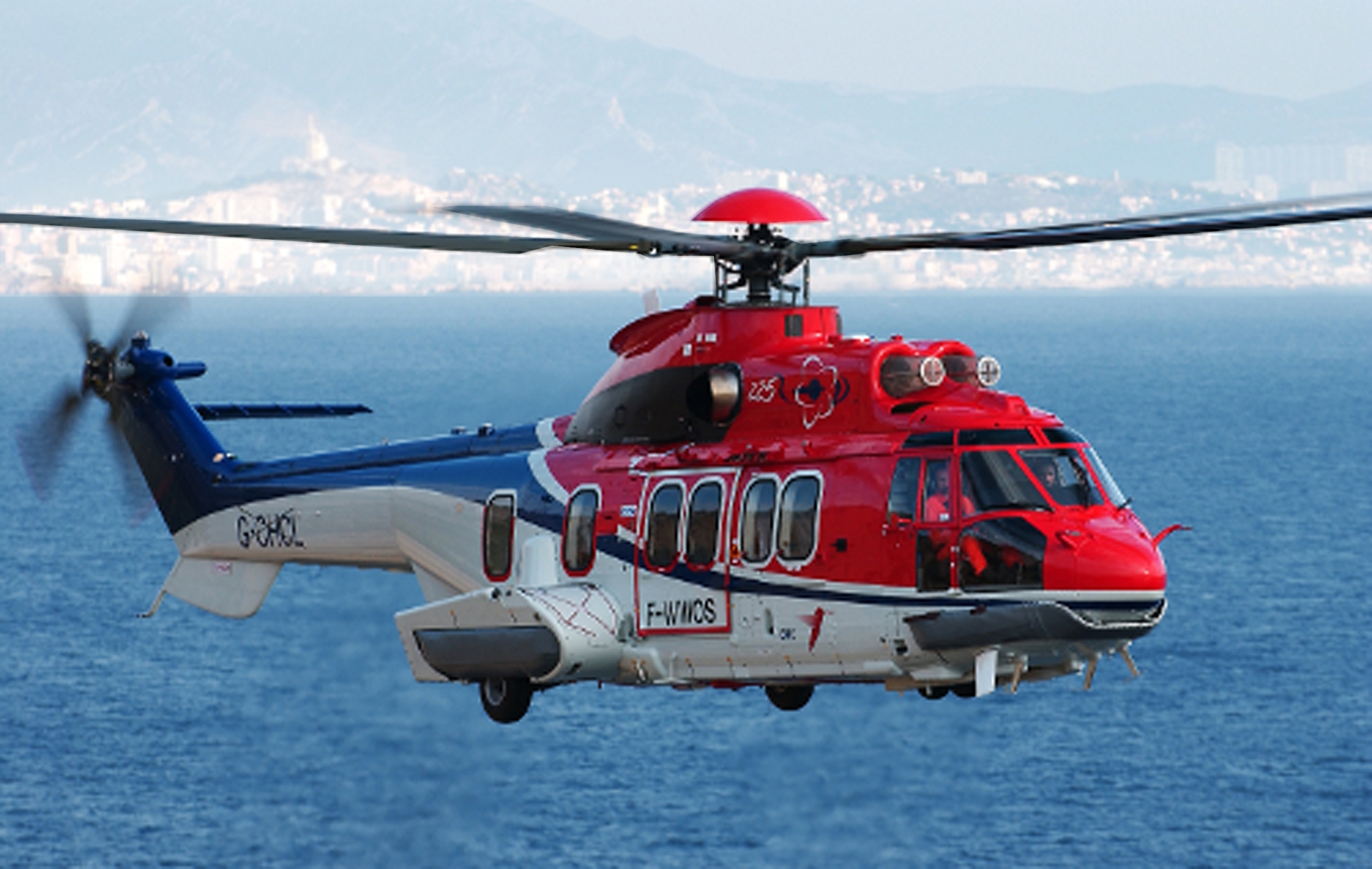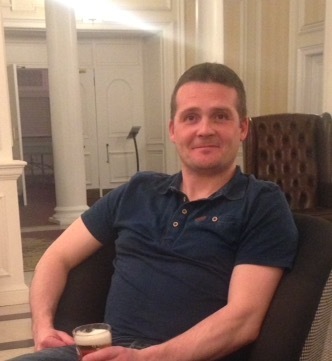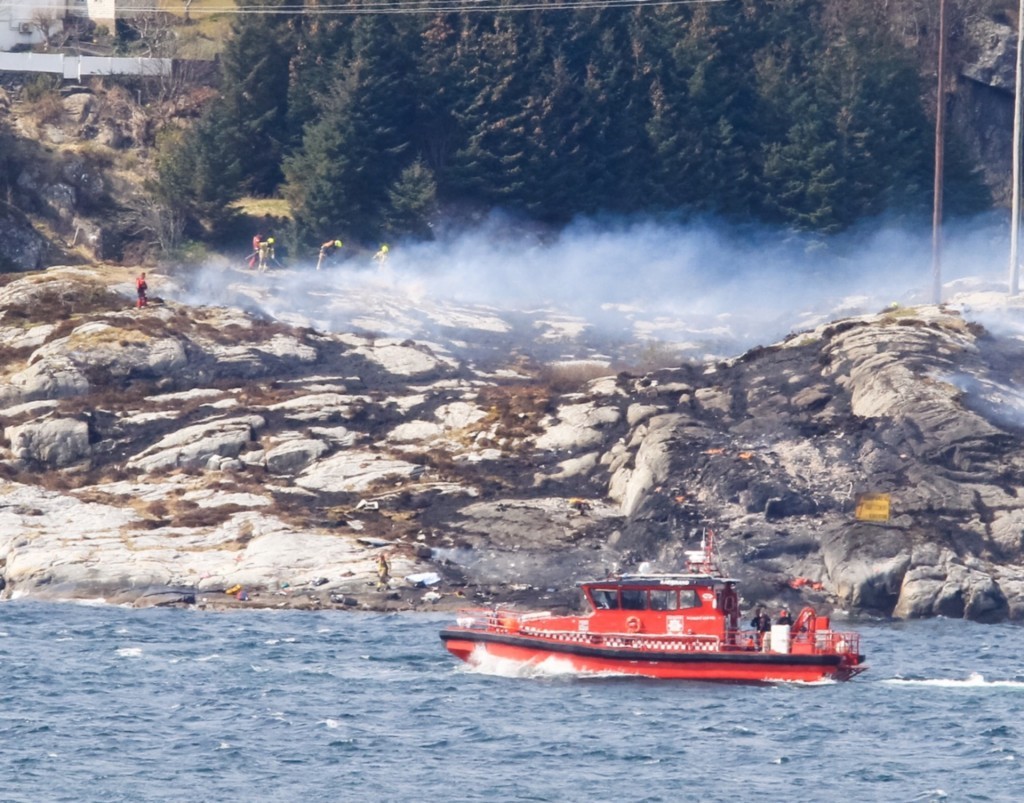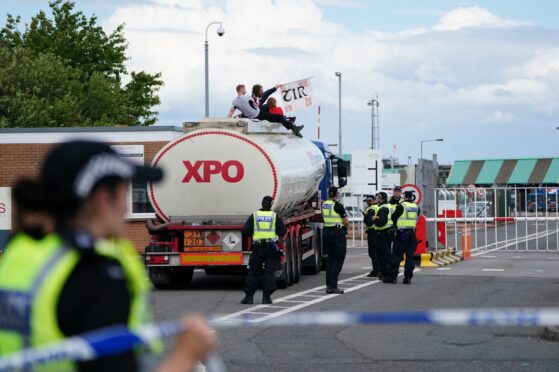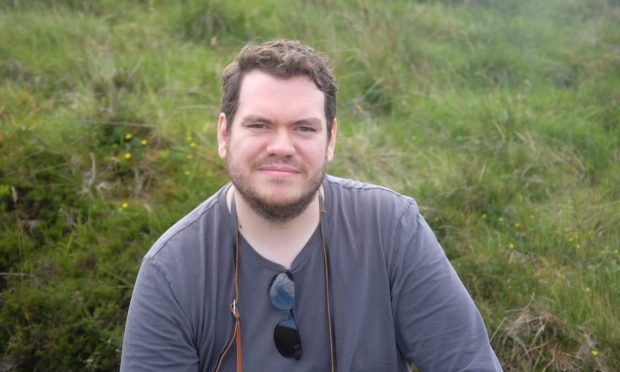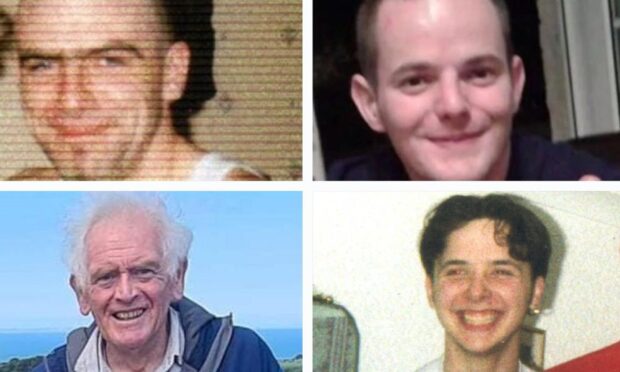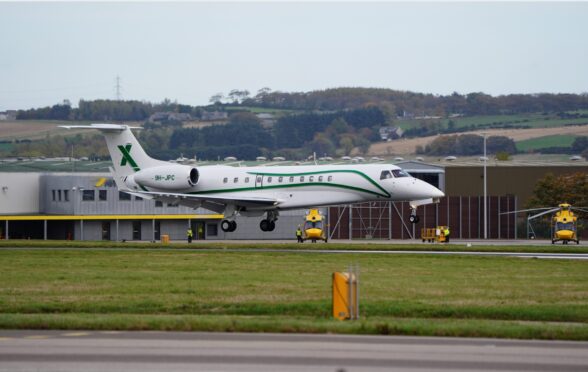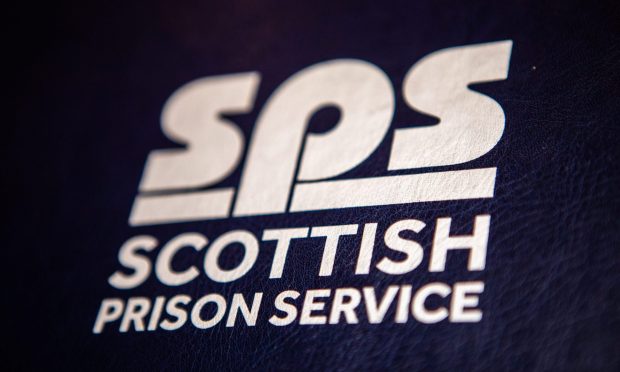Operator CHC will no longer fly Super Puma H225 helicopters – the type involved in the fatal Norway crash in April – from its Aberdeen base.
CHC said the decision was “based on customer demand” and would only change at the request of customers.
The aircraft and a second Super Puma model are grounded under a European Aviation Safety Agency directive issued six days ago.
The no fly order was made after investigators examining the wreckage of the Super Puma H225 which crashed in Norway killing 13 people found signs of metal fatigue in the aircraft gearbox.
A CHC spokeswoman said: “CHC is committed to having a resilient, mixed fleet that provides the right aircraft at the right time to meet our customers’ helicopter service requirements.
“In Scotland, over the past few weeks, we have engaged closely with our H225 customers about the immediate term but also looking forward to the future.
“As a service provider to our customers, we must understand, accept and respond to their operational requirements and wishes.
“In the future, when the H225 fleet returns to service and customers wish to fly the aircraft, we will appropriately adjust the mix of aircraft in our fleet.
“Providing a safe and reliable service to our customers remains CHC’s top priority.”
The operator does not fly the aircraft from its other UK bases.
Eleven passengers, including oil worker Iain Stuart from Laurencekirk, Aberdeenshire, and two crew members were killed after the aircraft crashed near the city of Bergen on April 29.
The CHC aircraft was travelling from the North Sea Gullfaks B oil field, about 74 miles off the Norwegian coast, when it crashed en route to Flesland Airport.
Initial investigations found the helicopter was flying at 2,000ft when the main rotor head suddenly detached from the body of the helicopter and it smashed into the rocky shoreline of Turoey, a tiny island outside Bergen, western Norway, and burst into flames.
Investigators said the “sudden catastrophic failure” developed in one to two seconds.
In a recent report, the Accident Investigation Board Norway said they had found “features strongly consistent with fatigue” in the gearbox and warned “the current means to detect a failure in advance are not effective”, issuing an urgent safety recommendation which led to the fleet being grounded.
CHC previously grounded its UK Super Puma fleet In August 2013 after a Super Puma AS332 L2 aircraft plunged into the North Sea off Shetland, killing four people
They resumed flying shortly after when they were given the all-clear by experts. Investigators ruled pilot error caused the crash.
The EC225 variant Super Puma – now known as the H225 – had been grounded until earlier that month after one crash off Aberdeen and one off Shetland.
All passengers and crew were rescued in both incidents, which were found to have been caused by gearbox problems.
